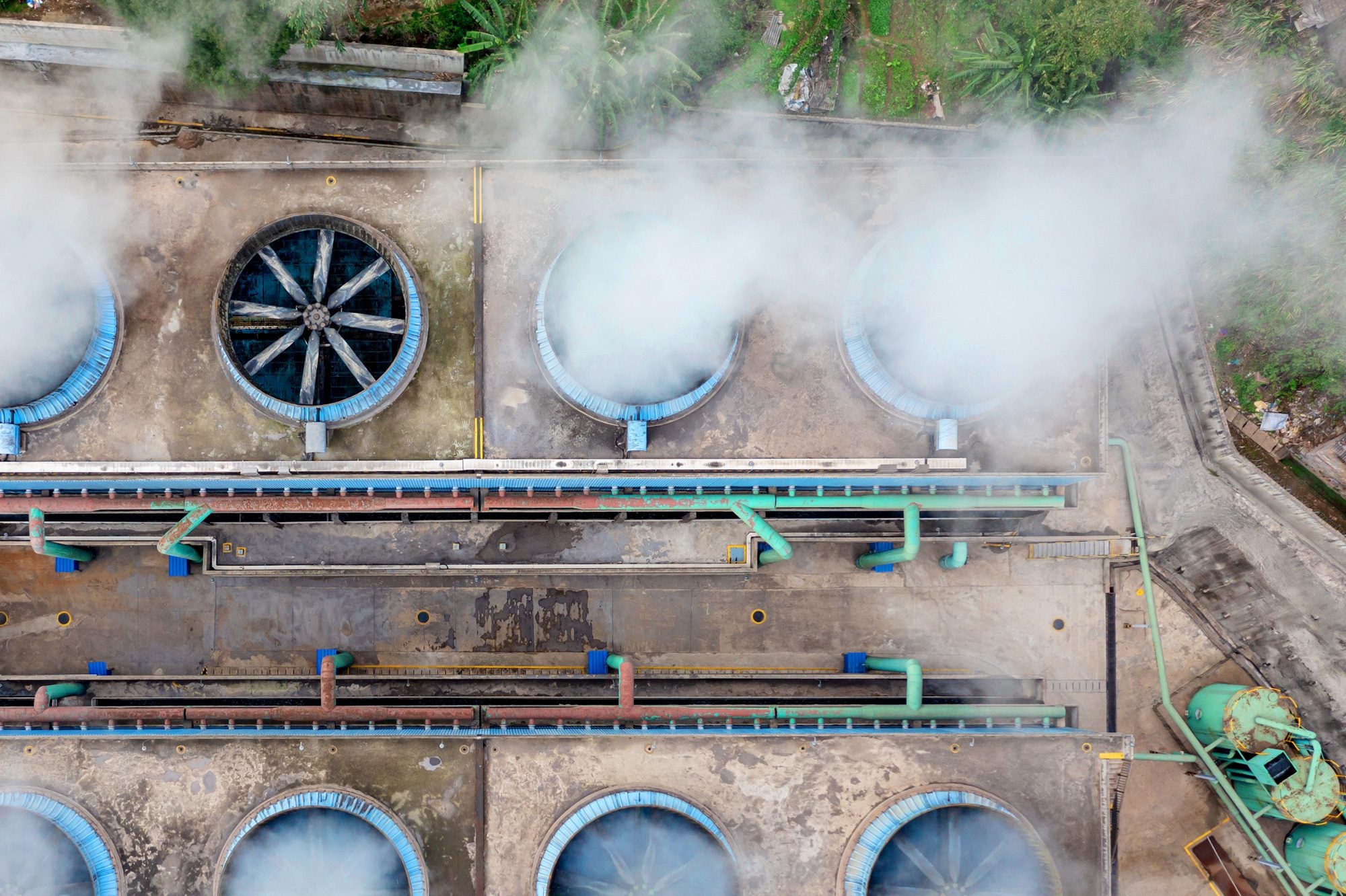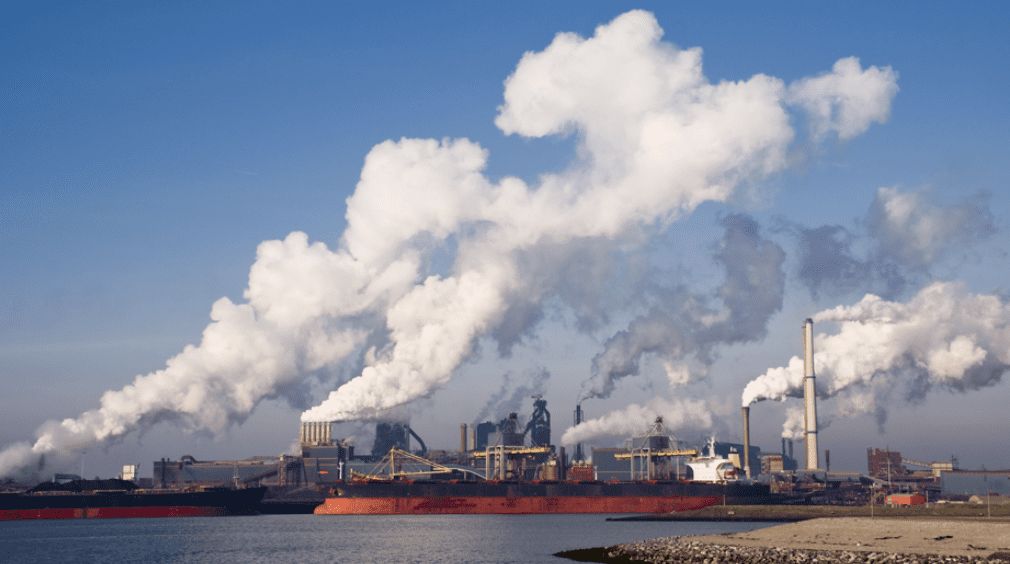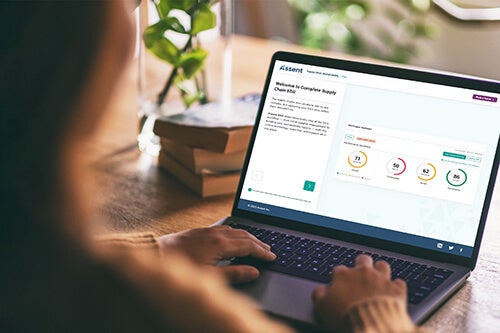What Is the Carbon Border Adjustment Mechanism?
The Carbon Border Adjustment Mechanism (CBAM) is an EU initiative to ensure fair carbon pricing between European and non-European producers. It aims to prevent “carbon leakage,” where companies move production processes to countries with weaker environmental rules.
New Rules & Reporting for Carbon
CBAM sets new rules for companies importing goods into the EU, and is designed to ensure fair carbon pricing, which are costs applied to greenhouse gas emissions. From July 31, 2024, importers are expected to report on the actual embedded emissions of their goods with primary data gathered from manufacturing installations instead of relying on estimates. In 2026 they will need to purchase CBAM certificates to cover the carbon costs, aligning these costs with the EU Emissions Trading System (ETS). This change makes it less attractive to produce carbon-intensive products outside the EU, and will require companies to work closely with suppliers to gather detailed information about where and how their goods are made.

Penalties & Impacts of CBAM
Non-compliance with CBAM’s reporting requirements can lead to financial penalties based on unreported CO2 for missing or incorrect reports. Because importers need to report the actual embedded emissions of their goods, they will need to depend on their suppliers for accurate information. This task is challenging, as many suppliers might not be ready to provide the needed data. Often, importers will have to trace this information through several layers of their supply chain, making compliance a complex process.
Frequently Asked Questions About CBAM Compliance
Get answers to your most pressing questions about CBAM.
CBAM applies to importers bringing goods into the EU from sectors with high carbon emissions and a high risk of carbon leakage. These sectors include cement, iron and steel, aluminum, certain chemical industries (such as fertilizers and hydrogen), and electricity.
The product scope includes goods listed in Annex I of the CBAM Regulation, identified by comparing the CN codes of imported products. It’s important to note that while CBAM is enforced through imports to the EU, and your organization may not be directly importing relevant goods, the regulation can still affect you. Importers need to gather embedded emissions data on in-scope products from the actual manufacturing locations (or “installations”). As a result, your customers might reach out to you for support with their reporting obligations.
Read our CBAM Scoping Guide to identify expectations for your business.
If your business is affected by CBAM, taking the right steps early on is key to avoiding non-compliance penalties. Start by reaching out to your suppliers to inform them of CBAM requirements, and that you will need data. It’s important to collect all the necessary emissions data from the places where your goods are made.
Here’s what to focus on:
- Let your suppliers know about CBAM and what information they’ll need to share.
- Gather emissions data from the actual manufacturing sites.
- Set up easy ways to share this data in an accurate and timely way.
Starting early and building good communication with your suppliers will make the process smoother and help you stay compliant.
Visit our CBAM Solution page to learn how Assent can assist with supplier communication, emissions data collection, and data sharing
The detailed information importers need to report on with regard to embedded emissions includes:
- The geographical coordinates of the main emissions source of the facility in which the goods were produced
- Direct emissions related to the production process
- Indirect emissions through energy use (for all goods in transitional phase, where required in 2026)
- Embedded emissions of relevant precursors (i.e., intermediate products like coke, sintered ore, and ferro-alloys, used in the production of final goods and specifically defined in the regulation)
- Carbon price already paid (if any)
This data ensures transparency and accuracy in tracking the carbon footprint of imported goods.
The responsibility for CBAM reporting falls on either the importer or the indirect customs representative, depending on who submits the customs declaration. During the transitional period, customs authorities will inform the relevant parties about their reporting obligations.
If the importer submits the customs declaration, they are responsible for the reporting. If an indirect customs representative submits the declaration, especially when the importer is based outside the EU, the representative will handle the reporting. The indirect customs representative must be established within the EU and meet the required conditions set by the member state.
The EU ETS is the world’s first international emissions trading scheme and a key tool for the EU to combat climate change. It sets a cap on greenhouse gas emissions from power production and large industrial facilities, requiring companies to buy allowances on the ETS market. To prevent carbon leakage, some free allowances are given to industries, but these will decrease over time.
CBAM works alongside the ETS by requiring importers to buy certificates for the carbon emissions embedded in their goods. As the number of free allowances under the ETS decreases, importers will need more CBAM certificates. The price of these certificates will match the ETS allowance price, making sure that importers and EU producers face similar carbon costs. This helps the EU achieve its climate goals while ensuring fair treatment for both importers and domestic producers.
Latest CBAM Resources
Need help navigating your requirements? Check out our latest resources and product tour.

CBAM in 2024: Strategies for Compliance With the EU Carbon Border Adjustment Mechanism
Join us for this webinar, where we’ll dive into effective strategies for weaving carbon costs into your business operations, helping you avoid hefty fines, repu …

Supply Chain ESG Product Tour
Take a self-guided tour and discover Assent’s complete solution for every step of your supply chain ESG journey

Private: CBAM Scoping Guide
If you’re unsure about your CBAM obligations, our guide is here to help. It helps you determine if your company is in scope, and what steps to take next.








